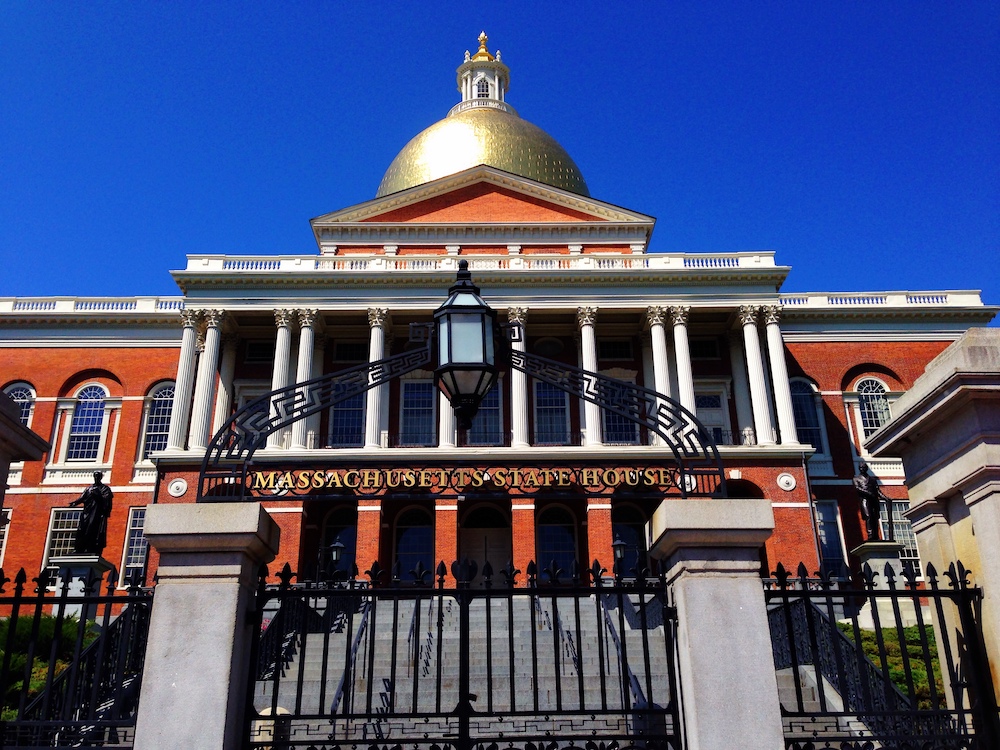

Compare and contrast the functions of state government and national government. (Massachusetts Curriculum Framework for History and Social Studies) [8.T6.1]
Federalism is a political system in which two or more governments share authority over the same geographical region. In the United States, the state government and federal government share power. The federal government makes policies and implements laws on a national level while state governments do the same for their region of the country. You can learn more about Federalism in the United States political system in Topic 3 - Standard 1 in this book.
The functions of state and national government in the United States are based on the principle of Separation of Powers. A power is the legal right of the executive, legislative, or judicial branch of a government to take action.
In this country, state and national (or federal) governments have specific and separate powers. The national government can do things that the states cannot and the states can do things that the national government cannot. The list below compares the powers of national and state governments.
However, there are some powers that both governments share concurrently, such as:
To learn more about the separation of powers, watch the TED-Ed Video: How Is Power Divided in the U.S. Government?
Video \(\PageIndex\): TED-Ed video lesson by Belinda Stutzman, breaking down the division of power in the U.S. government
The separation of powers between the state and federal government is not clear-cut and leads to tensions and disputes between the different levels of government. The creation of time zones and daylight saving time and current government responses to the COVID-19 pandemic are two revealing historical examples of those tensions. In the first example, the federal government acted, but many states and local communities were reluctant to comply; in the second instance, the state governments acted, but the federal government was, in many instances, not willing to support those decisions.
On August 29, 2021, 16 years to the day after Hurricane Katrina, another enormous storm - Hurricane Ida - slammed into New Orleans and southern Louisiana. Ida brought up to 15 inches of rain and knocked out the state's power grid, leaving millions without food, water, medical supplies, or electricity for days and weeks afterwards. But this time the levees protecting the city held, having received a $14.5 billion upgrade of flood walls, floodgates, and pumps in one of the world's largest government-funded public works projects (NPR, August 31, 2021).
In advance of the storm, a federal government agency, FEMA (the Federal Emergency Management Agency) had prepared 3.4 million meals, millions of liters of water, more than 35,700 tarps, and roughly 200 generators. They moved ambulances and search and rescue teams into the area and opened shelters. Another government group, the Army Corps of Engineers, mobilized personnel to remove debris and to provide temporary roofing and housing (Heather Cox Richardson, Letters from an American, August 30, 2021). Other areas were not so fortunate as wind and flooding destroyed basic infrastructure, leaving thousands without food, water, or power.
That same summer, in the western United States, federal and state government agencies including FEMA and the California Department of Forestry and Fire Protection were engaged in trying to contain the huge 300-square-mile Caldor wildfire that caused evacuations of residents and tourists from the Lake Tahoe area. Firefighting crews were using snow-making machines to try to moisten the ground to slow the spread of the flames. California officials have stated that 95% of wildfires in the state are caused by human activity.
As these events illustrate, state and local governments now play an increasing role in preparing for and responding to natural and human-caused disasters in this time of climate change with its accompanying severe weather and extreme events.
Natural disasters include extreme heat, wildfires, hurricanes, ice storms, floods, tornados, mud slides, and any other events that "have the potential to pose a significant threat to human health and safety, property, critical infrastructure, and homeland security" (Department of Homeland Security, May 2021, para. 1).
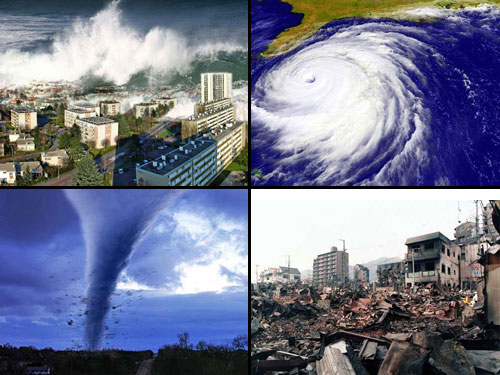
A human-caused disaster is a situation that has an "element of human intent, negligence, or error involving a failure of a man-made system" (Central Washington University, n.d., para. 1). Power grid failures in Texas, a huge apartment building collapse in Florida, cyber-attacks on computer systems, and oil spills all include human failures resulting in devastating impacts on the natural environment.
Any disaster has the potential to generate what the U.S. Chamber of Commerce has called “cascading consequences” (n.d., p. 2) where the immediate event impacts people, organizations, and the economy through unemployment, business failures, disruptions of the food supply chain, and rising social problems in already struggling communities.
In the event of a disaster, local governments are the first responders and if they are overwhelmed by the situation, state governments are next to respond. When a state government is overwhelmed, it turns to the federal government for aid and assistance.
Historically, many of the worst disasters are due to a mix of natural and human causes, resulting in a combination of environmental and societal impacts. In the 1930s, overfarming combined with severe drought on the American Great Plains resulted in the Dust Bowl, leaving some 500,000 people homeless while 2.5 million moved elsewhere, powerfully described in the novel The Grapes of Wrath. More recently, Hurricane Katrina's 2005 devastation of New Orleans (depicted in Jewel Parker Rhodes's young adult novel Ninth Ward), the 2010 Deepwater Horizon Oil Spill off the coast of Louisiana, and the Flint (Michigan) Water Crisis that began in 2014 showed that governments are ill-prepared to deal with disasters.
Political scientists have noted that unlike in the past, when people tended to band together in a time of need, disasters today reflect the partisan polarization and division of American politics. Conservative politicians have resisted using government resources, telling people to be self-reliant in a time of crisis while avoiding involvement from state or federal agencies seeking to provide aid.
What potential disasters are facing communities where you live? How well do you think your community is prepared to handle a disaster as opposed to neighboring communities? What changes in the natural world have you observed that require more planning and preparation in the case of extreme events? What recommendations would you make to state and local governments to address potential disasters?
For the first half of United States history, time was measured locally by the position of the sun in the sky. Clocks in one town were not the same as in other towns (A Walk Through Time: The Evolution of Time Measurement Through the Ages).
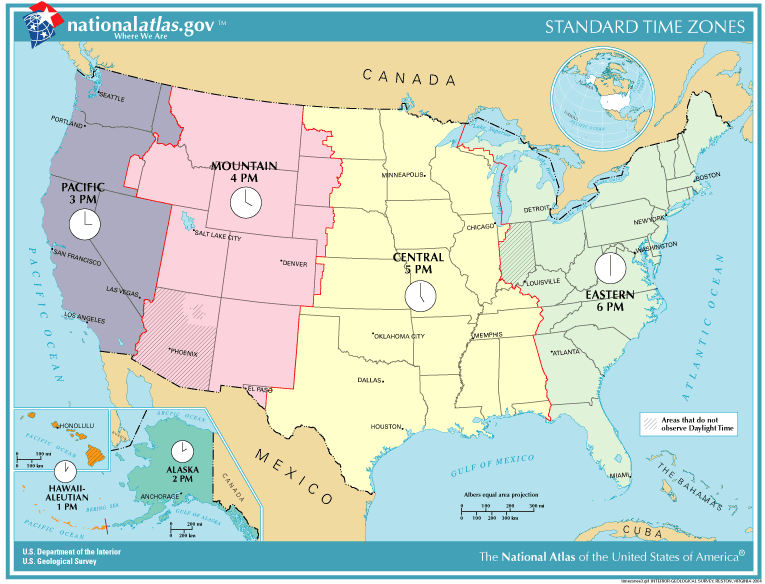
The rise of the railroads forced a change in how time was measured and communicated. Trains needed to run on fixed schedules so engineers would know where other trains were on the same tracks. At noon on November 18, 1883 (the Day of Two Noons), major railroads in the U.S. and Canada began operating based on agreed-upon time zones that established a standard time across the country, varying by one hour per time zone from coast to coast. Interestingly, time zones did not become a federal law until the passage of the Standard Time Act of 1918. With that legislation, the regulation of time zones became a function (or power) of the federal government and not a matter of state or local control.
With time zones came the concept of Daylight Saving Time, which was instituted and repealed more than once between 1918 and 1966. There was federally-mandated Daylight Saving Time for 7 months in 1918 and 1919, and again during World War II. There was no federal law about time between 1945 and 1966.
The Uniform Time Act of 1966 instituted Daylight Saving Time across the nation, except for the states of Arizona and Hawaii that did not adopt it. The Navajo nation, whose tribal lands fall within Arizona's borders, did adopt daylight saving time. In 2020, 32 states are now considering moving to permanent Daylight Saving Time (track state daylight saving time legislation here). One historian has connected the push for more Daylight Saving Time to corporate desires to sell products that Americans can use during the extra hours of afternoon daylight (Downing, 2006).
Time zones and Daylight Saving Time are just one of many areas where the powers of federal and state governments may overlap and potentially conflict. Currently there are state and federal disputes over responses to the COVID-19 pandemic, health care (the Affordable Care Act or Obamacare), education (the Common Core), environmental regulations including air pollution standards, immigration policies and sanctuary laws, selling of federal lands, and coastal state rights to submerged lands and their natural resources, to name just a few. Each can be studied as examples of the evolving relationship between federal and state governments.
Government Power and the Pandemic is a learning plan developed by Amy Cyr, a middle school social studies teacher in the Hampshire Regional School District, Westhampton Massachusetts. It addresses a Massachusetts Grade 8 curriculum standard as well as an Advanced Placement (AP) Government and Politics unit.
This activity can be adapted and used for in-person, fully online, and blended learning formats.
Introduction to the Activity
In spring and summer 2020, as the coronavirus pandemic raged in the United States, serious disagreements arose between local, state, and federal government leaders about how to respond to the crisis.
Use the interactive chart to assess who has - and who should have - the power to act in a pandemic. Read each scenario, record your initial reactions, and then research and record your final answer in the right hand column of the matrix.
There are 573 federally recognized Indian Tribal Nations in the United States today—229 are located in Alaska; the rest are in 35 other states. Taken as a whole, the land of American Indian nations would be the country’s fourth largest state.
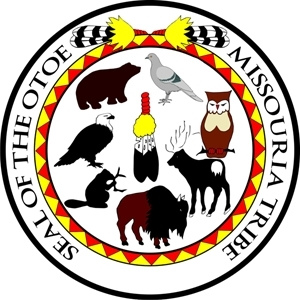
Each tribal nation is recognized as a sovereign (meaning self-governing) entity by the United States Constitution, Article 1/Section 8:
“The Congress shall have the power to . . . regulate commerce with foreign nations, and among the several states, and with the Indian tribes.”
The Supreme Court reaffirmed that principle in its decision in Worcester v. Georgia (1832) when it declared that "Indian Nations had always been considered as distinct, independent political communities, retaining their original natural rights, as the undisputed possessors of the soil … The very term 'nation,' so generally applied to them, means 'a people distinct from others.'"
Each tribal nation has its own government with the power to pass laws, operate police departments and courts, provide education and other social services, and build roads, bridges, and other public facilities (Tribal Nations and the United States: An Introduction, National Congress of American Indians, 2019).
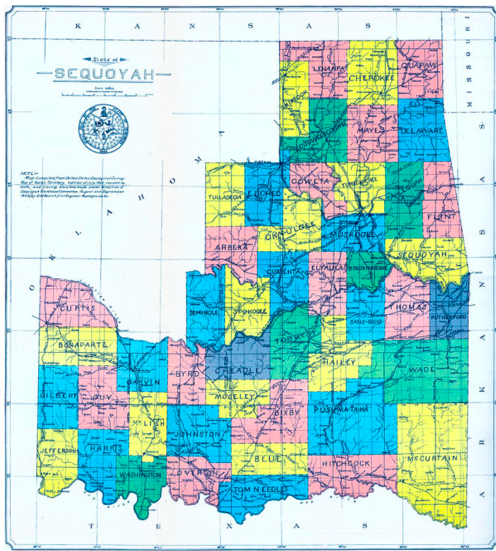
Sequoyah, the U.S. State That Almost Existed is a fascinating hidden history/untold story of Native-American governed communities. In 1905, American Indian leaders held the Sequoyah Statehood Convention in which they proposed that lands that are now part of central and eastern Oklahoma become a native-governed U.S. state. The territory had a large population of native people whose ancestors had been dislocated from their homelands in the southeastern United States between 1830 and 1850 by the Indian Removal Act, an event known as the Trail of Tears.
The Sequoyah Convention drafted a Constitution with a Bill of Rights and proposed the structure of a native state government, but the proposal was never voted on by Congress. Instead, Oklahoma which had been formerly opened to White settlement in 1889, became the 46th state in 1907; today 13.5% of the state's population is American Indian and Alaska Native, the second highest of any state in the nation. In 2020, the United States Supreme Court declared that much of eastern Oklahoma is an Indian reservation (McGrit v. Oklahoma).
Learn more at Remembering the State That Never Was, from Oklahoma Center for the Humanities (August 31, 2018).
The cultivation and sale of marijuana products offers a fascinating case study of how tribal (and state) governments use their powers independent of the federal government. While marijuana is considered illegal at the federal level, in 2021 it is legal for adult recreational use in 18 states while 30 states allow medical use (New York, The New York Times, September 26, 2021, p. 28).
As sovereign nations, native tribes have control over the cultivation, production, and marketing of hemp on reservation lands. Tribes in multiple states including Nevada, Washington, Michigan, and New York have opened marijuana businesses, including growing hemp and selling products through shops and dispensaries. These developments followed from a Resolution SD-15-047 passed at the 2014 convention of the National Congress of American Indians (NCAI) that, stated in part, that "tribes have the right, under their treaties and sovereignty, to develop programs that include marijuana as an economic base for their people."
In 1933, the Washington Braves NFL football team changed their name to the Washington Redskins. In 2020, facing increasing public pressure over its racially-themed mascot and logo, the team is planning to change their name again and drop the use of "redskins." As a placeholder, they are called the Washington Football team.
The Washington football team name change was done by a private business. The issue at the level of state and local government remains a matter of open policy debate. By the end of 2020 and despite a number of name changes in response to the Black Lives Matter Movement, 26 communities in Massachusetts, the most in New England, still have a Native American mascot for their school.
A bill to prohibit the use of Native American Mascots in public schools has been introduced in the Massachusetts legislature. Multiple states have laws or resolutions prohibiting or limiting Native American mascots in public schools: Maine, Oregon, California, Wisconsin, Minnesota, Washington, New York, New Hampshire, and Michigan (MA Indigenous Legislative Agenda).
What steps do you think state and local governments might take to combat racial/cultural stereotypes and promote fully inclusive histories of indigenous peoples?
A Citizen Legislature is a government organization whose members are not full-time politicians. Members of citizen legislatures work on a part-time basis in addition to full-time jobs in other fields and professions.
Large states like Massachusetts, California, New York, Illinois and Florida have legislatures consisting of members whose full-time job it is to debate and enact state laws and policies. By contrast, Vermont, Maine, New Hampshire, Rhode Island and some states in the western part of the country have part-time legislatures that meet less often and have part-time lawmakers.
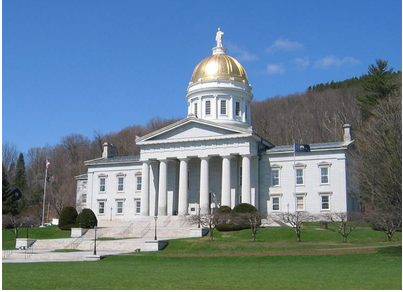
The National Conference of State Legislatures organizes the 50 state legislative bodies into five major categories, ranging from full to part-time:
Base salaries range from $107,241 in California (full-time legislature) to $200 for a 2-year term in New Hampshire (part-time legislature) (see 2018 Legislator Compensation Information).
The idea of part-time citizen legislatures has supporters and critics. Supporters believe that part-timers are more likely to remain closely connected to the communities that elect them, making government more responsive to the will of the people. Critics maintain that the responsibilities of state government are so large that full-time legislators are needed to understand the issues and develop workable solutions to pressing problems.
The United States has a federal system of government (known as federalism). INVESTIGATE examined how powers are divided between state and national government. ENGAGE asked whether part-time citizen legislatures can more effectively represent people than full-time legislative bodies. UNCOVER explored the roles and functions of Native American tribal governments.
6.1: Functions of State and National Government is shared under a not declared license and was authored, remixed, and/or curated by LibreTexts.